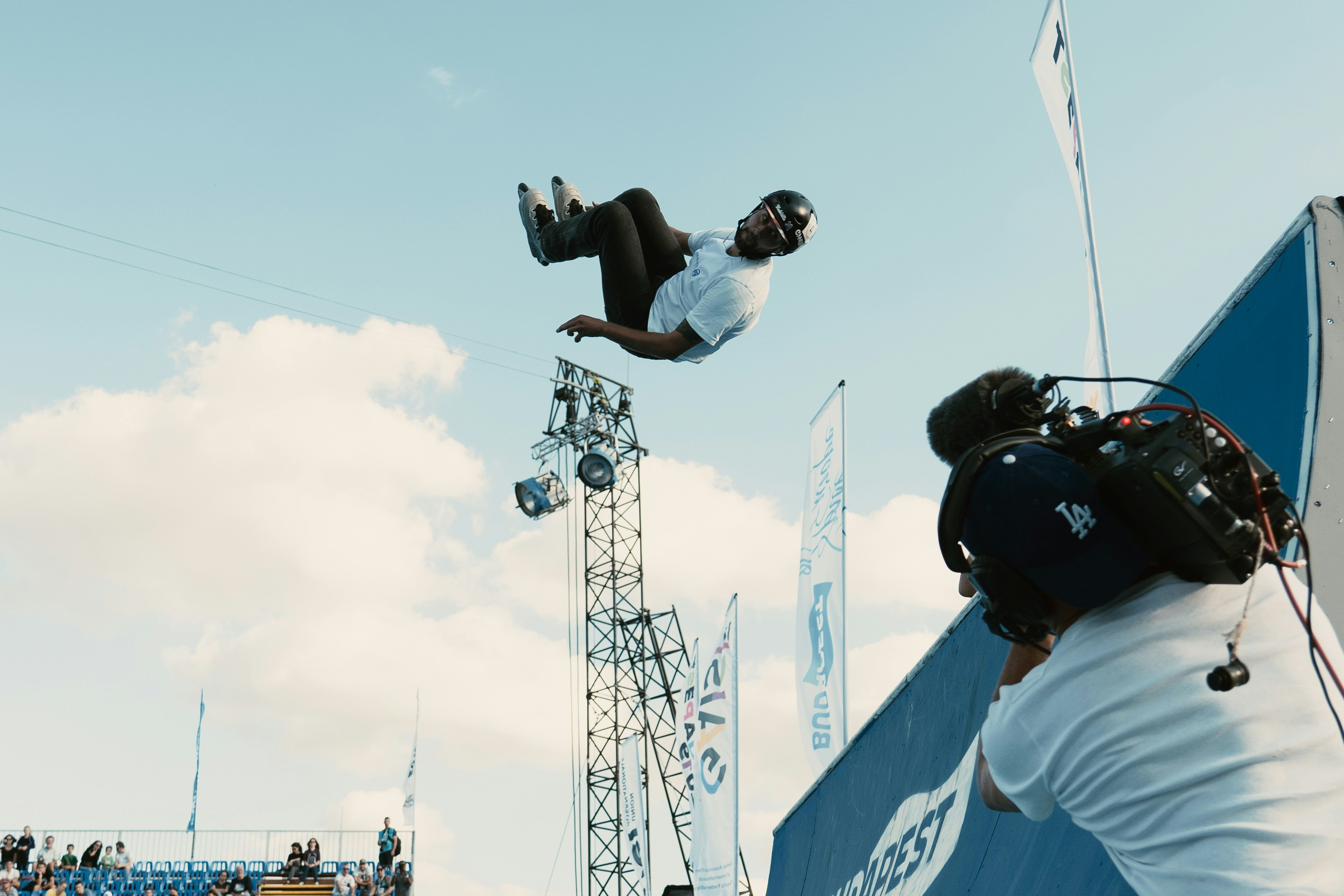
Mastering the Art of Gun Slinging for Film: Techniques, Safety, and Realism
From classic Westerns to modern action movies, guns have played an important role in shaping the landscape of film. Stunt performers specializing in gun-slinging must have technical skills, physical ability, and acting talent to create a realistic and engaging performance. In this article, we will explore the techniques and safety measures involved in gun-slinging for film and the importance of creating a realistic portrayal of firearm use.

Basic Gun Handling Techniques
Basic techniques of gun handling involve a combination of physical and technical skills. Performers must learn how to hold a gun correctly, reload efficiently, and aim accurately. They must also become familiar with different types of firearms and the safety protocols associated with each.
Stunts Involving Guns
Stunts involving guns in film can range from simple, one-handed shots to complex, multi-person choreography. Stunt performers must be able to perform actions while shooting, including running, jumping, and fighting. They must also be able to safely handle guns during high-stress situations, such as explosions or car chases.
Safety Considerations
Safety is paramount when it comes to gun-slinging in film. Stunt performers must be trained in gun handling and safety protocols to avoid accidents. They must also know the dangers of performing stunts with guns, such as ricochets and misfires. Proper communication between performers, directors, and crew ensures everyone's safety.
Realism and Authenticity
Creating a realistic portrayal of gun use in the film is essential for engaging audiences and adding to the overall believability of a movie. Performers must understand the proper use of firearms and the physics behind shooting. They must also be able to portray the emotion and intensity of a gunfight realistically, including the effects of adrenaline on the body.
Working with Firearms Experts
To achieve a high level of authenticity and safety, working with firearms experts on set is crucial. These professionals can provide guidance on proper gun handling, safety protocols, and technical accuracy. They can also ensure that all firearms used on set are appropriately maintained and in good condition.
Conclusion:
Gun-slinging in the film is a complex and demanding art that requires a high level of technical skill, physical ability, and safety awareness. By mastering basic gun handling techniques, performing stunts safely, prioritizing safety, creating realistic portrayals of gun use, and working with firearms experts, stunt performers can create thrilling and memorable performances on screen. With these skills, performers can continue to push the boundaries of what is possible in action cinema while keeping themselves and their colleagues safe.

















